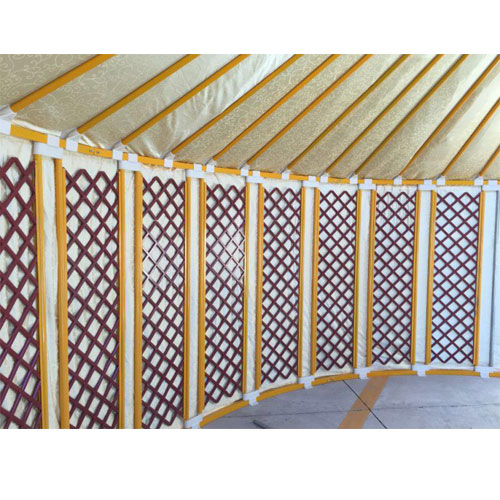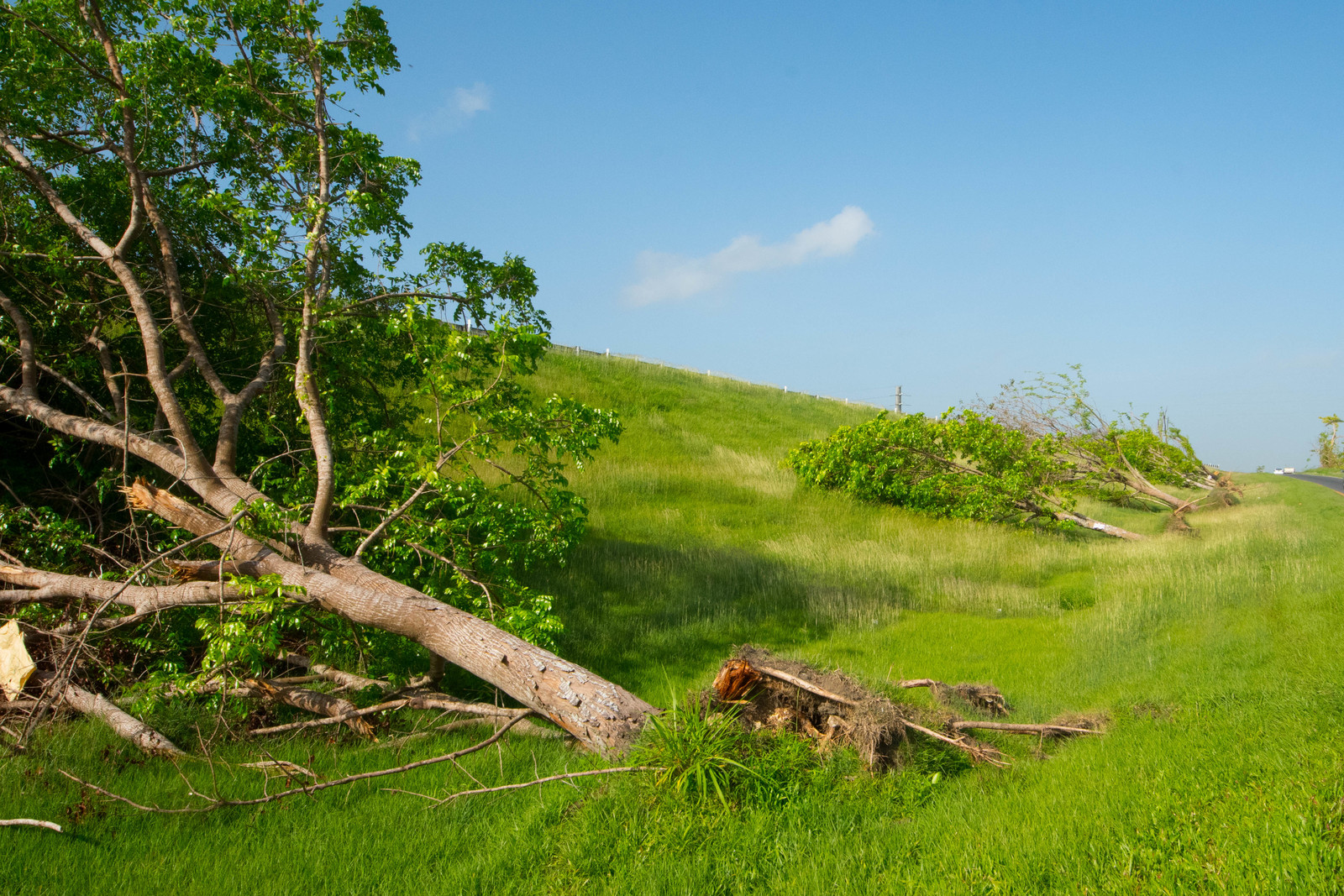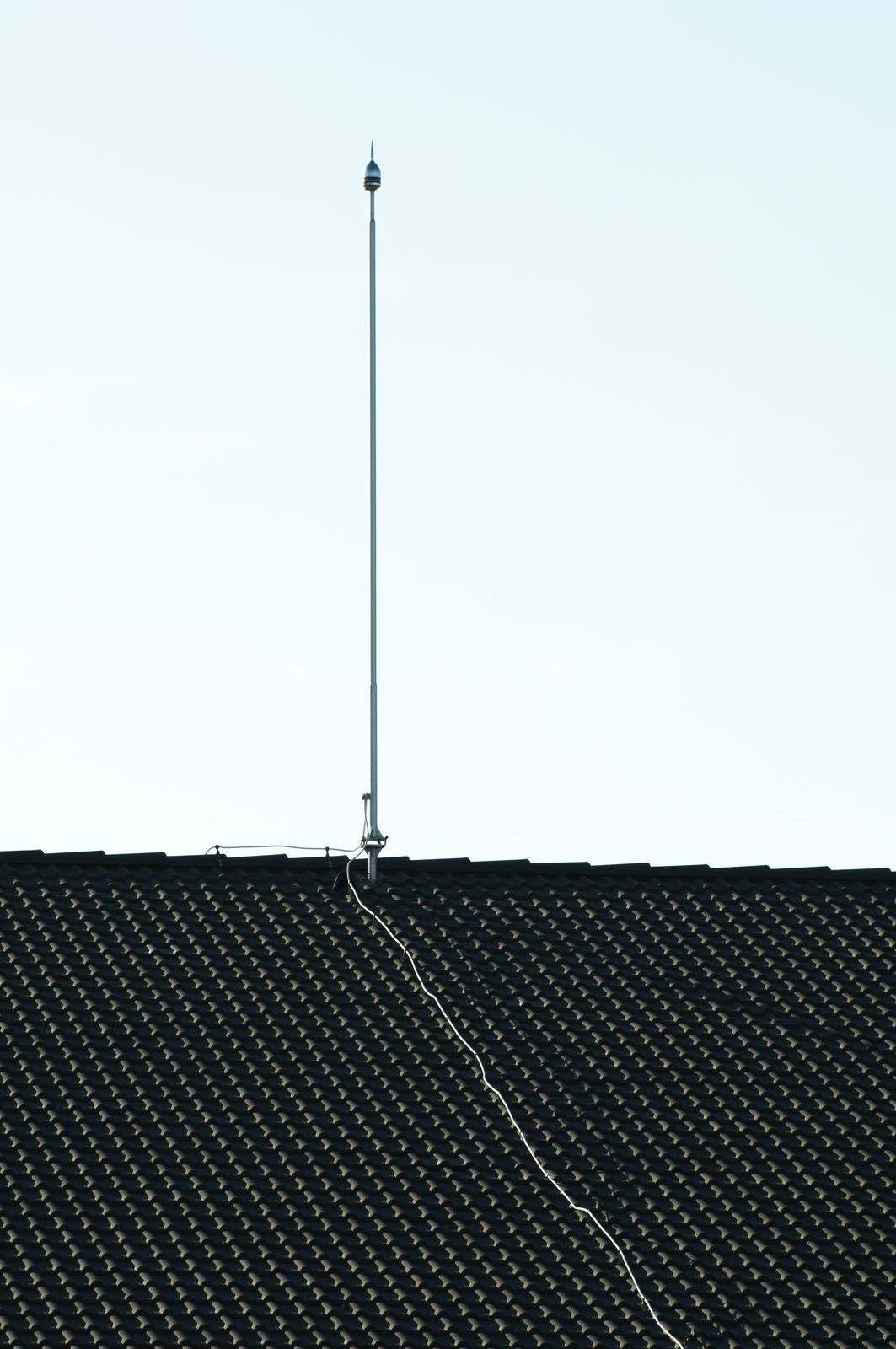Here at Off Grid Dwellings, we speak with dozens of potential yurt owners every day and a question that we get quite often is just how safe is it to live in a yurt? Can a burglar just rip through the wall and enter? How do they stand up to wildlife, like bears? What sort of weather can a yurt handle before falling to pieces? If you have ever wondered about any of these questions, then this post is for you.
Burglars And Thieves

Forced entry is not something that occurs often with yurts, mostly because yurts tend to be built in more remote locations.
In addition, Off Grid Dwellings Yurts are built using high grade strength-tested bamboo for the lattice wall, and aluminum pillars as the weight bearing posts.
This combination makes the perimeter wall of the yurt very strong and any gaps that may occur between the posts and the lattice walls are too small for any adult to squeeze through.
While all of our yurts come with a door and lock kit, you can always upgrade to a dead bolt or any other door locking mechanism you would like by visiting your local home improvement store.
Stop Animals In Their Tracks
The biggest animal concerns for yurt owners come from bears. While small bears should not be a problem, a large bear may be able to breach the lattice wall in between the aluminum posts and get into your yurt.
Most bear entries happen because the bears are looking for food and smell something coming from inside the yurt. One of the best anti-bear measures to take is to be careful about leaving out food that may attract a bear.
Always put open food away and/or store it inside a Tupperware container.

Another option to help keep bears away is to install a perimeter fence around your yurt. This can be more effective if paired with an electrical shock fence.
This will scare bears away and keep your yurt home safe. Even with all of these precautions, we still recommend that you treat food in your yurt as you would at a campsite.
Wind, Storms, And Yurts
Weather is one of the biggest concerns for yurt owners. There are a few things to look out for, the first being high wind. Off Grid Dwellings Yurts are built using quality materials and our yurts are rated safe for wind speeds of up to 64mph, which is the relative wind speed of a small tornado.

That being said, you should always remain on the safe side. A Yurt is not a concrete home and if you experience a strong storm that has high winds, you should seek shelter until the storm has passed.
If you live in an area of the world that experiences high winds, there are a few things you can do to help protect your yurt. The first is to strategically place your yurt behind a natural barrier.
In your area, find out what direction experiences the strongest winds. With this in mind, you can build your yurt relative to natural barriers like large hills, forests, and other natural wind barriers. This may be able to reduce the direct force of the wind.
Another option is to install additional support when connecting your yurt’s walls to the foundation. If your area experiences high speed winds often, then we do advise that you consult with a licensed contractor when building your foundation, since this is one of the most important parts of the construction when wind is concerned.
Winter Is Coming, Make Sure Your Yurt Is Ready
Heavy snow is another main enemy of the yurt. As snow builds up on the roof of the yurt, it can add additional stress to the structure. Off Grid Dwellings Yurts have been tested to handle up to 880 pounds of additional weight on the roof, so regular snowfall should not be a problem.
The most important thing to do if you live in an area that experiences heavy snowfall is to regularly clean your yurt’s roof to prevent build up from multiple storms.

Is Lightning a Threat For Yurts?
Since our yurts use aluminum posts for added strength, we sometimes get asked if this should be cause for concern. The good news is that it shouldn’t be. All of the aluminum pieces that go in our yurt undergo an oxidizing treatment, which means that they do not conduct electricity.
A bigger concern for lightning comes from the installation of a chimney if you decide to heat your yurt using a wood stove or propane heater.
Depending on what material you decide to use for your chimney, it could potentially attract lightning. Although, if you use stainless steel or a similar aluminum to the one that is used in our yurts, it shouldn’t be a cause for worry.
At the end of the day, if you live in a part of the world that receives an above average amount of lightning, you can always take a page from Benjamin Franklin – construct a lightning rod to completely rule out the chance of lightning striking your yurt and causing a fire.

The Bottom Line
Yurt homes face the same safety concerns as a traditional home – break ins, weather changes and even hungry animals. However, if you diligent of your surroundings and take the necessary precautions, you will realize that you are perfectly and totally safe in your yurt home!


